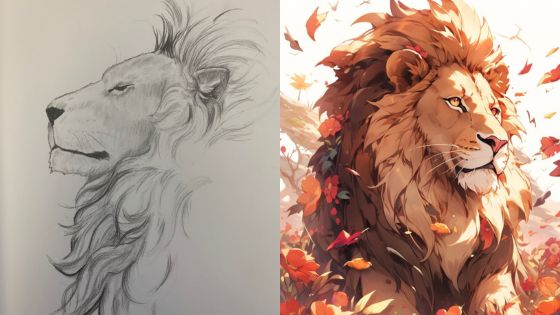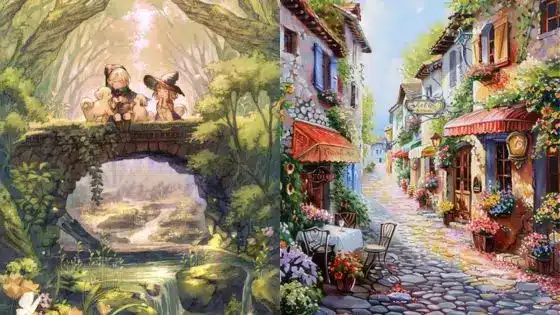Becoming an artist is a rewarding journey of self-expression and creativity. Whether you aspire to create art professionally or simply as a passion, the process involves skill development, self-discovery, and dedication. This guide will walk you through the essential steps to help you build a successful artistic path.
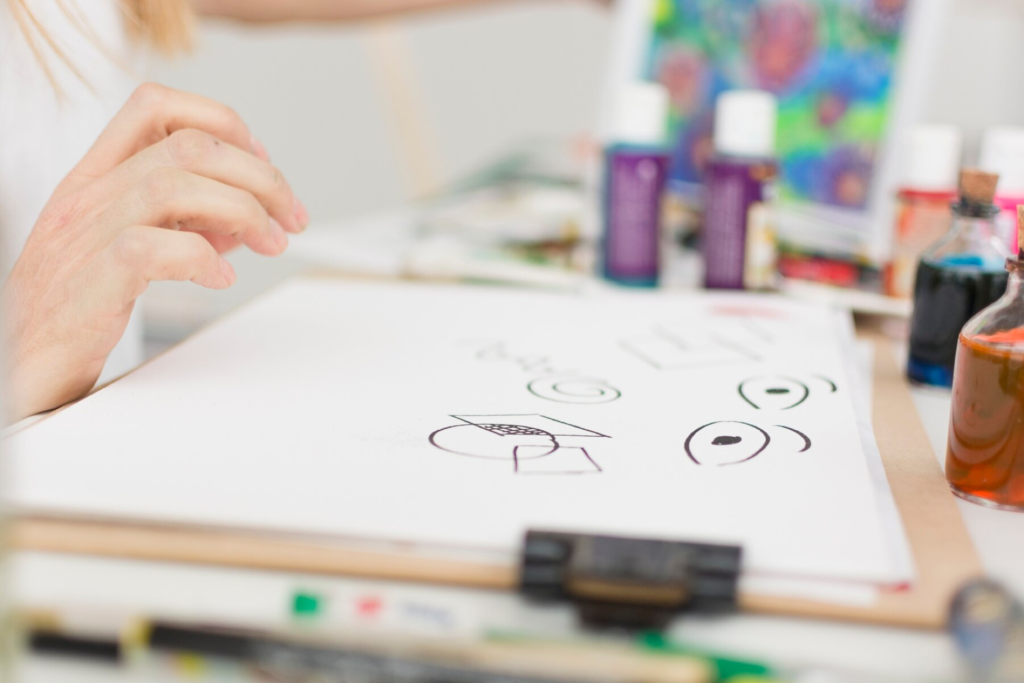
Step 1. Define Your Artistic Vision
The first step to becoming an artist is understanding what drives your creativity. What kind of art speaks to you? Is it painting, sculpting, photography, or digital illustration? Take time to explore different mediums and styles to discover what aligns with your vision.
Developing your artistic voice is equally important. This is the unique perspective or style that sets your work apart from others. Don’t hesitate to experiment, even if it means stepping out of your comfort zone. The more you try, the closer you’ll get to uncovering your true artistic identity.
Step 2. Develop Your Skills
No matter how naturally talented you are, refining your skills is crucial. Consider pursuing formal education, such as enrolling in an art school or taking workshops and online courses. These platforms provide a structured approach to learning the fundamentals of art, such as color theory, anatomy, and composition.
Daily practice is the backbone of skill improvement. Set aside time each day to sketch, paint, or practice your craft. Consistency helps build muscle memory and allows you to experiment with different techniques. Over time, you’ll notice your skills improving and your confidence growing.
Step 3. Build a Portfolio
Your portfolio is your artistic resume. It’s a collection of your best work that demonstrates your skills, creativity, and personal style. A cohesive portfolio is essential for showcasing your versatility and attracting opportunities.
Start by curating a selection of your strongest pieces. If you specialize in a particular medium or subject, ensure your portfolio reflects that focus. Consider creating both a digital portfolio, which can be shared online, and a physical one for in-person presentations.
If you aim to work with a visual artist agent or approach galleries, your portfolio becomes even more critical. Agents and galleries look for consistency, originality, and marketability in an artist’s work. Make sure your portfolio is polished and tells a story about who you are as an artist.
Step 4. Network and Collaborate
Art is as much about community as it is about individual expression. Networking helps you build connections, learn from others, and gain exposure. Attend art exhibitions, gallery openings, and creative workshops to meet other artists and industry professionals.
Joining art communities, both online and offline, can also be invaluable. Platforms like Instagram, Behance, and DeviantArt allow you to share your work and engage with a global audience. Collaborating with fellow artists on projects can further expand your creative horizons and introduce you to new techniques.
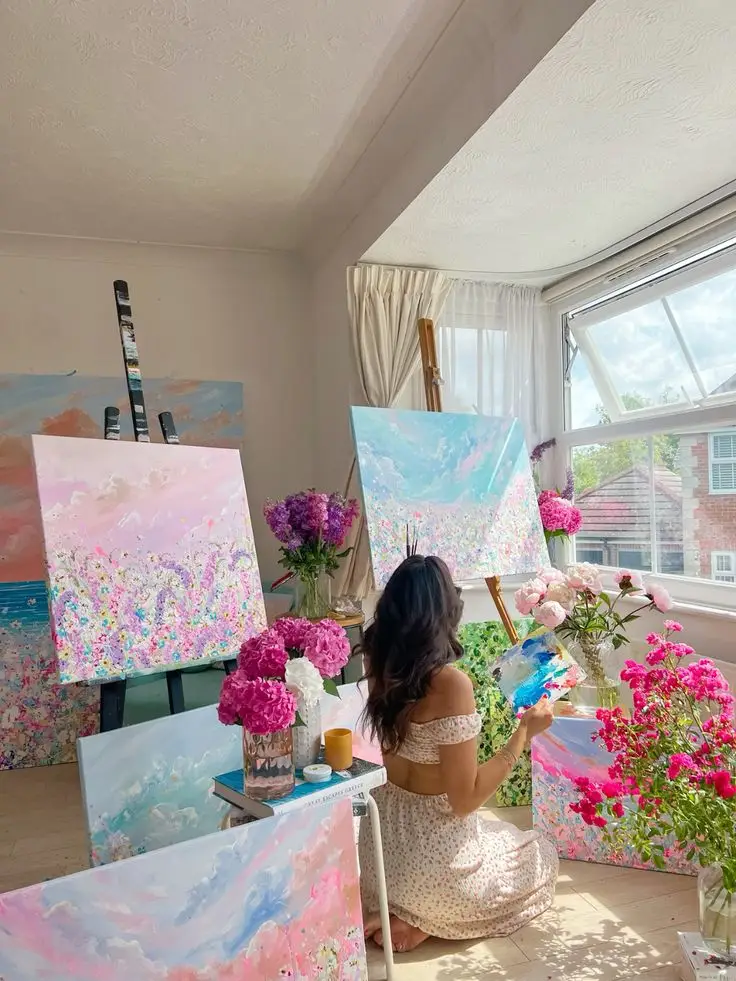
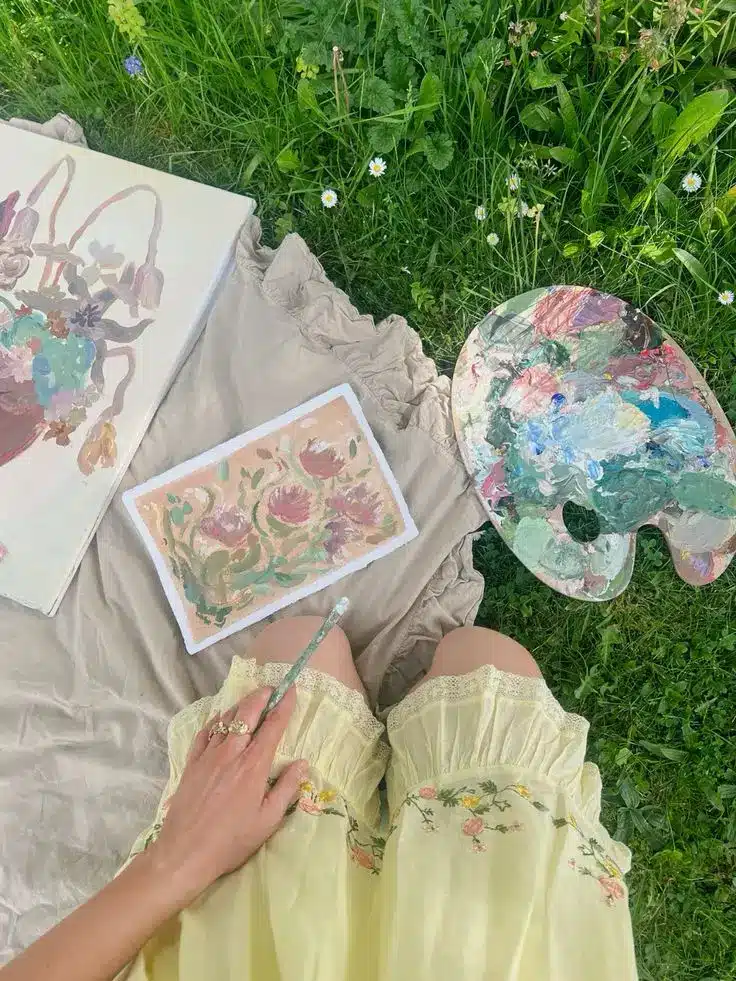
Step 5. Market Yourself as an Artist
Marketing is a critical skill for any aspiring artist. Start by creating an online presence where you can showcase your work. Social media platforms like Instagram and TikTok are excellent for visual storytelling and reaching a broad audience.
Building a personal website or online shop gives you a professional platform to display your portfolio, sell your art, and share your story. Include clear contact information, an artist bio, and a blog or newsletter to engage with your audience.
Additionally, learn how to pitch your work to galleries, potential clients, and collectors. Professionalism, persistence, and a strong portfolio can make a big difference in securing opportunities.
Step 6. Embrace Continuous Learning
The art world is constantly evolving, and staying updated is essential. Keep learning by participating in art challenges, attending workshops, and reading about new trends and techniques.
Critiques are another valuable learning tool. Seek constructive feedback from mentors, peers, or online communities. Understanding how others perceive your work can provide new insights and help you grow as an artist.
Step 7. Understand the Business Side of Art
Art isn’t just about creating; it’s also about managing the business aspects effectively. Learn how to price your artwork by considering factors like material costs, time invested, and market value.
Diversify your income streams to ensure financial stability. This could include selling prints, accepting commissions, teaching art classes, or licensing your work. Be sure to keep track of your finances and understand contracts when working with clients or galleries.

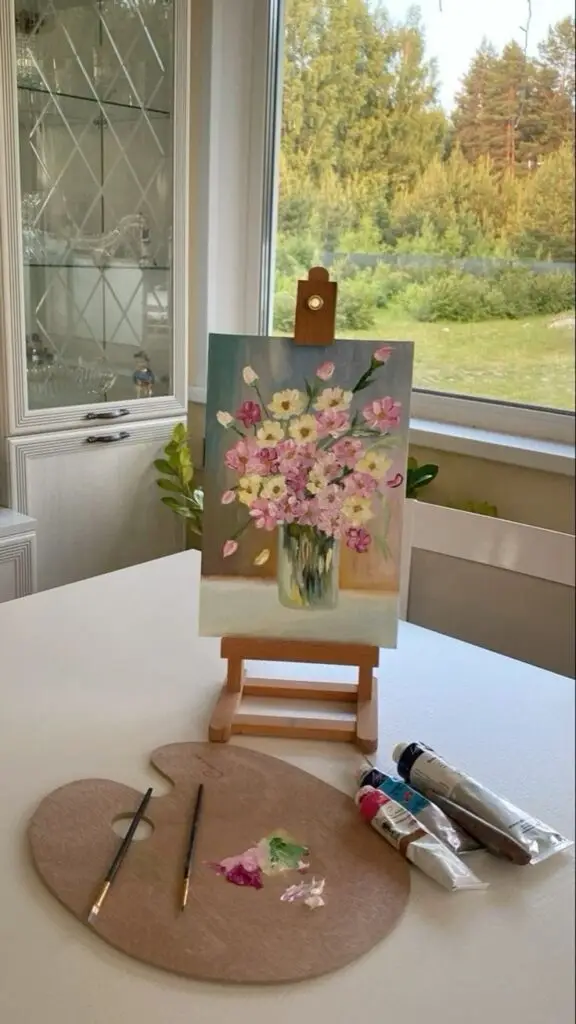
Step 8. Stay Motivated and Resilient
The journey to becoming an artist can be challenging, with moments of self-doubt and creative blocks. Staying motivated requires setting realistic goals and celebrating your progress, no matter how small.
Discipline is key to overcoming obstacles. Even when inspiration is lacking, showing up and putting in the effort can lead to breakthroughs. Remember why you started and let your passion for art drive you forward.
Conclusion
Becoming an artist is a lifelong journey of creativity, growth, and self-discovery. By defining your vision, honing your skills, building connections, and embracing the business side of art, you can turn your passion into a fulfilling career or hobby.
Take each step with determination and authenticity, and remember that success is not a destination but a continuous process. Your unique artistic voice has the power to inspire others, so start your journey today.
- 76shares
- Facebook0
- Pinterest76
- Twitter0
